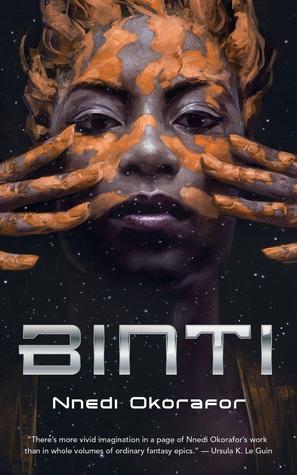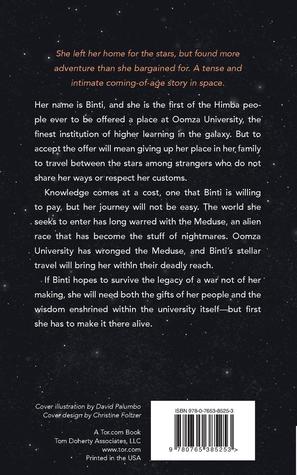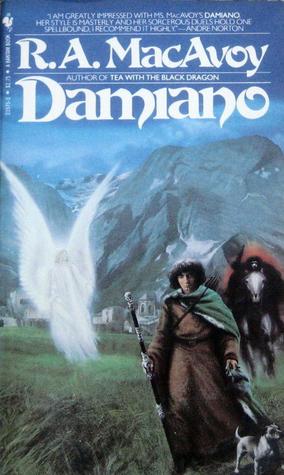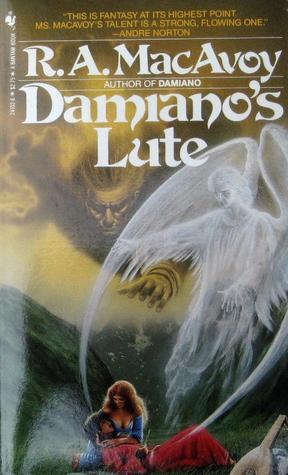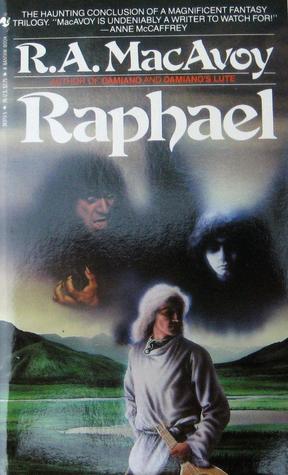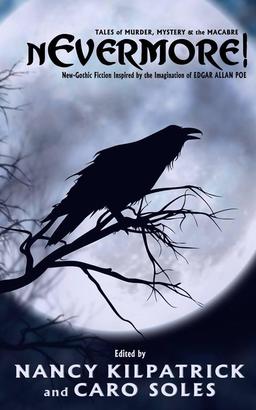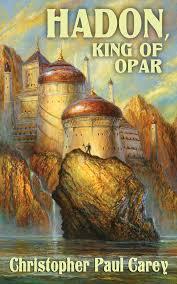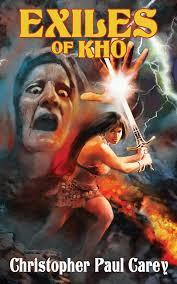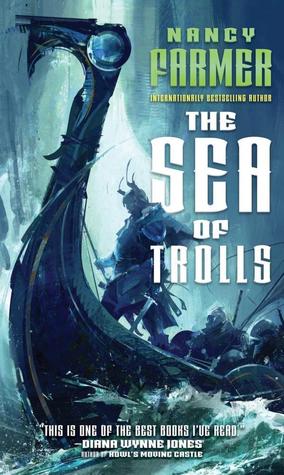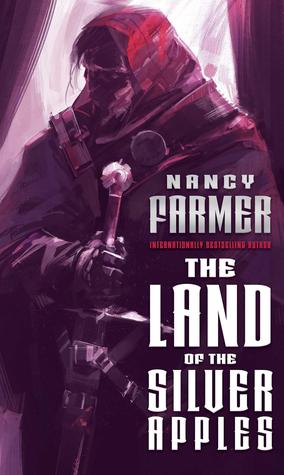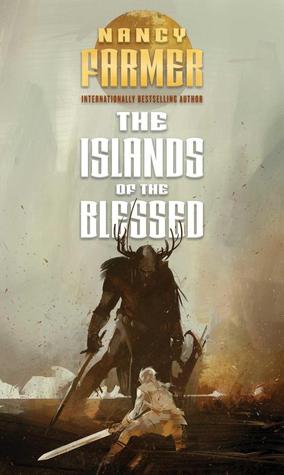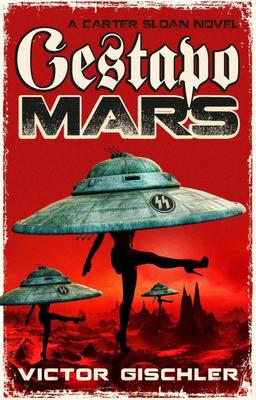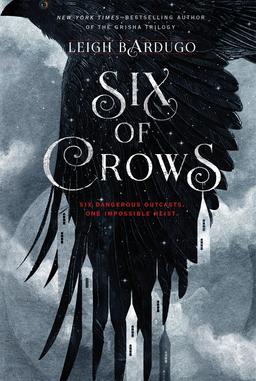Future Treasures: Souldrifter by Garrett Calcaterra
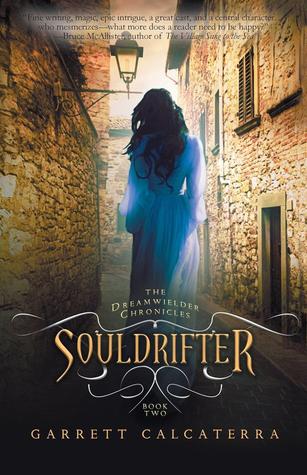 |
 |
Garrett Calcaterra’s most recent posts for us were “Fantasy Clichés Done Right and “Can SF Save the World From Climate Change?” But in addition to all the investigative reporting he’s been doing for Black Gate, he’s also been managing a career as a fast-rising fantasy author. His novel Dreamwielder (2013), the opening book in The Dreamwielder Chronicles, is a terrific sword & sorcery adventure, widely praised by fans and critics alike. James P. Blaylock called it “fast-paced, colorful, and richly detailed… My kind of book,” and Tim Powers proclaimed it a “good solid fantasy adventure.”
Souldrifter, the long-anticipated second volume in the series, finally arrives next week. Emperor Guderian’s empire has fallen, and young Queen Makarria finds herself in grave danger. The Old World Republic is demanding that she form a new empire, one she would rule as their puppet. When she refuses, the Old World threatens war… and sends a dangerous spy into the heart of her court. Wendy Wagner, author of Skinwalkers, describes it as “packed with sorcerers, spies, and high-stakes intrigue… a real page-turner.”
Souldrifter will be published by Diversion Publishing on September 29, 2015. It is 298 pages, priced at $15.99 in trade paperback and $4.99 for the digital edition. Get more details at Garrett’s website here.
